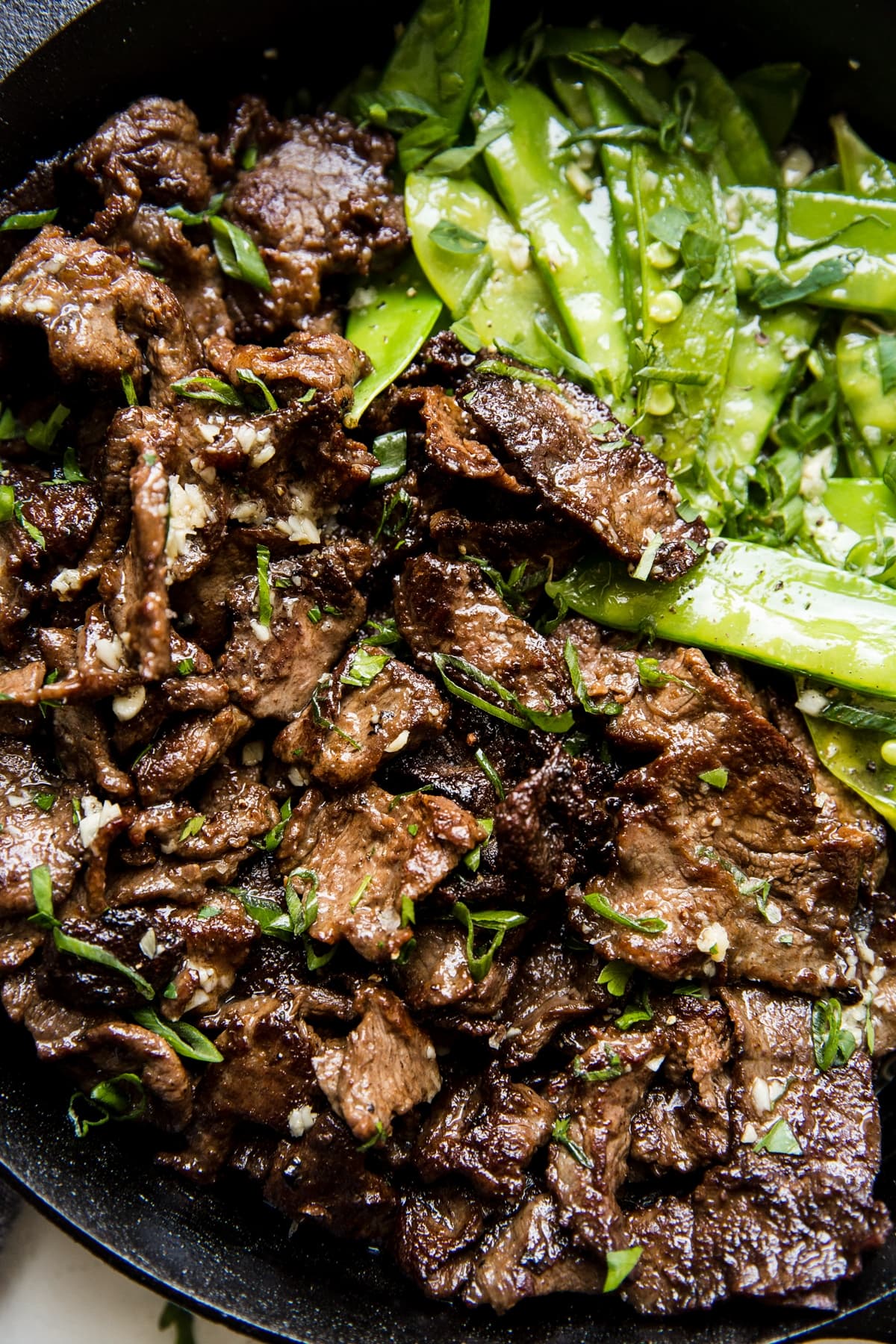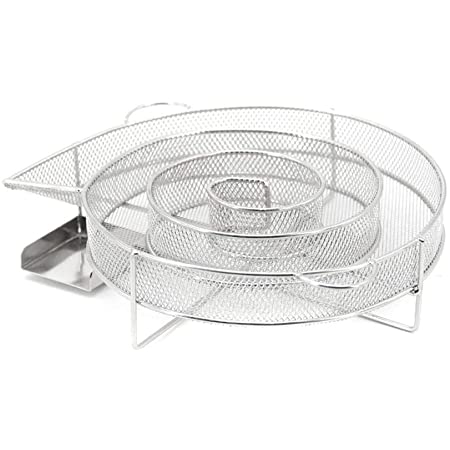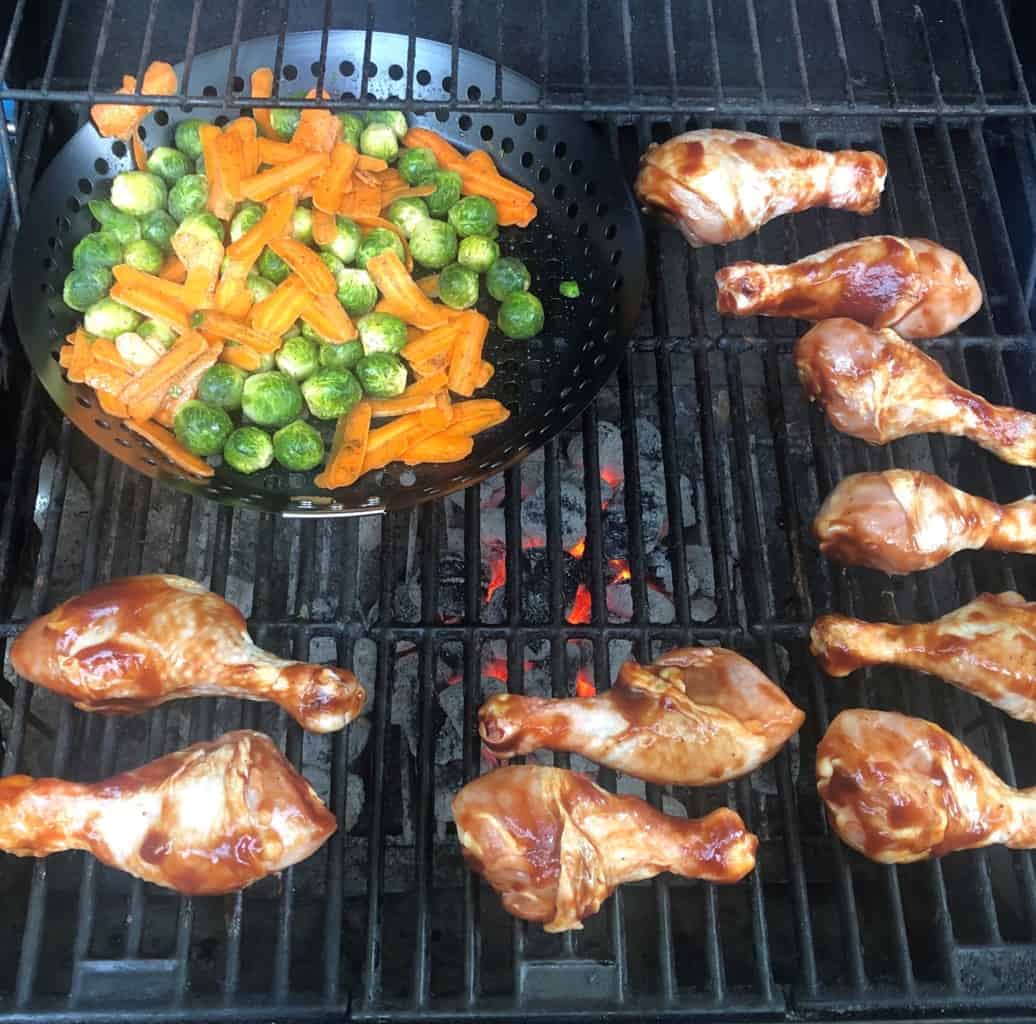
To prepare a delicious baked potato on your baked-potato grill, start by pre-heating the grill. Turn the heat to 350°F. Keep the lid shut and cook the potato for approximately 15 minutes. This is essential to ensure a crispy crust on the potatoes. Afterwards, wrap the potato tightly in foil and remove it from the skillet. When the potato is cool enough to handle with a knife, you can cut it open. To avoid explosions, cut the wrapped potato in half lengthwise.
You must heat the oven at 450°F to fully grill the baked potatoes. Once the oven is heated, place the potatoes covered on the hot grill. Overcooked potatoes will cause dry skin. A lower oven temperature will reduce the cooking time and produce a crustier outer layer. Remember that larger potatoes will take longer to cook than those with smaller skins. No matter your preferred method of cooking, you can still make a delicious meal from a baked potato griddle.

The potato should be wrapped in foil and placed on the hot grill for 30 minutes. The potato wrap will lose moisture in cooking, but will retain its smoky flavor. Garlic powder can be sprinkled on the oiled potatoes before they are placed on the hot grill to create a crispy exterior. Once grilled, potatoes will retain their moisture. For a gourmet treat, serve immediately.
To get the best results from your baked potato grill, you must pre-season your potato with salt. It will give the potato a crisp skin and a salt crust. This baked potato can be made vegan and Whole30-compliant. You can also add toppings or grilled protein to make it a complete meal. A baked potato grill can be used to create the perfect side dish for a steak or hamburger. It's quick to make and takes only minutes to prepare.
After preheating your potatoes, you can grill them for up to an hour. The best potatoes will be crispy on the outside and soft in the interior. To avoid uneven cooking, boil your potatoes first and then grill them. You may also want to add salt afterward. This will help reduce oil. To ensure a uniform cooking surface, turn the potatoes occasionally while they are still on the grill.

Choose the right potatoes. Baking potatoes on a grill has been a traditional way to cook them. Cut the potato into thin pieces, then drizzle olive oil or another oil on top. To avoid burning the skin, it is best to choose potatoes with thicker skin. Use russet potatoes to make a baked-potato barbecue. They have a high amount of starch, making them perfect for grilling.
FAQ
Is there any special equipment that is required to cook?
You don't require any special equipment to learn how to cook. The right tools can make cooking much easier. A knife can be used instead of a fork when making pasta, or a whisk could be used to whip up stiff egg whites. Having the right tools can make cooking less daunting and allow you to get started faster.
Do I need to buy any ingredients to cook?
You don't need to buy every ingredient. Most grocery stores sell premade sauces and other items you can use as substitutes. If you are looking to save money, premade meals may be a good option.
What's the difference between a professional chef and an amateur cook?
A chef prepares food to be served to others. A cook prepares the food for oneself. While both jobs involve the preparation of food, a chef interacts directly with his customers. This means that they may have to decide what dishes to prepare for their customers based on their preferences. A cook doesn't need to interact with clients. Instead, a cook makes sure the food tastes good before delivering it to customers.
Statistics
- The median pay for a chef or head cook is $53,380 per year or $25.66/hour, according to the U.S. Bureau of Labor Statistics (BLS). (learnhowtobecome.org)
- You'll be amazed that over 90% of CIA students receive scholarships and grants to finish their culinary studies. (ischoolconnect.com)
- In the United States, the category is estimated at $23.2 billion annually and is growing faster than the market. (washingtonpost.com)
External Links
How To
How to make a perfect omelet
Omelets have always been a favourite food to eat for breakfast. How do you make them perfect? Many different recipes and methods have failed to work for me. Today, I'd like to share some tips with you in order to make delicious and fluffy omelets every day.
First, eggs can be very temperamental ingredients for making omelets. The eggs must be fresh from an organic source and kept at room temperature until they are ready to be cooked. You must keep them cool enough to allow the whites to form properly and the yolks to become too runny if they're not kept at the right temperature. Your omelets will look strangely colored if this happens. It is best to use room-temperature eggs if you are going to cook them right away.
Another tip is to separate the egg before adding it to the pan. Because this could cause your omelet to become curdled, you don't want any yolk to be mixed with any white.
The bottom part of an egg that is added directly to the stovetop might be burned, which could cause a ruined texture in your omelet. Instead, microwave the egg for 10 seconds before adding it to the pan. The microwave heat will cook the egg just right without making it too hot.
Let's now talk about mixing eggs. When you mix eggs together, you want to beat them well. To do this, grab the bowl of the mixer and turn it upside down. Next, shake the bowl vigorously. By doing this, the egg is thoroughly mixed with the air in the bowl.
Now comes the fun part: adding the milk to your mixture. Pour half the milk into the beaten egg mixture and then fold in the eggs. Don't worry if there are still streaks of egg visible; these streaks will disappear once you flip the omelet.
After you have folded the eggs, heat the oil in a pan over medium heat. Once the oil has started to sizzle, turn the heat down to low. Once the oil has gotten hot, add 1/4 cup of butter and swirl it around so that the entire pan is coated. Next, carefully open the lid and sprinkle salt into your pan. A pinch of salt will prevent your omelet from sticking in the pan.
Cover the pan once the omelet is formed and allow it to cool completely. Flip the omelet over using a spatula or flip the pan upside down. Cook the second side for a minute or so. Serve the omelet immediately by removing it from the pan.
This recipe works best with whole milk, but skimmed milk also works.